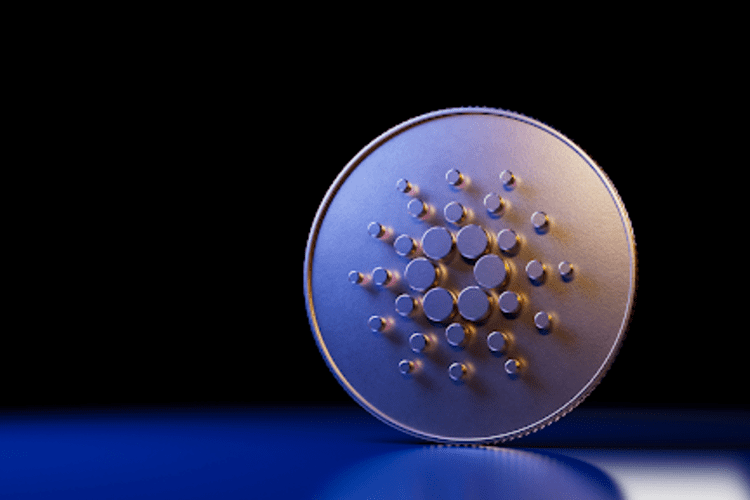Cardano (ADA): Is It Worth Investing?

Like many other popular altcoins in the market, Cardano, alias ADA, appeared in the crypto market to solve the critical problems of Ethereum. However, unlike Ethereum until now, which is based on a Proof-of-Work(PoW) network, Cardano is based upon a Proof-of-Stake (PoS) blockchain that runs on a secure blockchain protocol, Ouroboros. Moreover, Cardano unrolls the blockchain in different phases to avoid the crowd and create safer and faster code.
As discussed by its founder and CEO, Charles Hoskinson, an Ethereum co-founder, Cardano will be unleashed in five different phases. The phases are codenamed as Byron (Foundation), Shelley (Decentralization), Goguen (Smart Contracts), Basho (Scaling), and Voltaire (Governance). Here is a brief discussion of each phase for the unaware.
The Roadmap
- Phase 1 — Byron (Foundation)
The initial phase was marked with the launch of the Cardano project in 2017 based on the Ouroboros PoS algorithm, primarily for sending and receiving funds and storing its native ADA coin in the Daedalus wallet.
- Phase 2 — Shelley (Decentralization)
In 2020, the Cardano project unleashed its second upgrade to enable staking on its platform and make it fully decentralized.
- Phase 3 — Goguen (Smart Contracts)
Like Shelley, the Goguen phase launch was postponed from March to September 2021. Instead, the Goguen upgrade of Cardano was launched in three simultaneous phases — Allegra, Mary, and Alonzo. The project rolled out all three updates in December 2020, March 2021, and September 2021. Soon after the release of the Alonzo update, Cardano implemented smart contracts on its network. For the uninitiated, a smart contract is a set of codes that automatically get executed once certain conditions on the network are met. Cardano launched another update codenamed "Daedalus" to let its users send and receive native tokens on Cardano.
- Phase 4 — Basho (Scaling)
In its few years of existence, Cardano has created a loyal trader base that stands by the project even during the extreme bear market and calls it an "Ethereum Killer." Besides its Proof-of-Stake platform, it offers a lower gas fee than many of its competitors. In comparison, Avalanche has made remarkable progress in a short period. Unfortunately, Cardano is currently suffering from snail-slow progress and delayed updates. However, Cardano chief Charles Hoskinson has put enormous effort into making it one of the best crypto projects. With its Basho update, Cardano is supposed to introduce sidechains to ease the pressure on its primary blockchain and could thus improve the scalability of its network further. The Basho update is supposed to be rolled out sometime in 2022. However, there is no specific date teased by the team yet.
- Phase 5 — Voltaire (Governance)
The Cardano roadmap claims Voltaire's update would be the final one to make the project self-sufficient. In addition, the update will ensure that Cardano is a full-blown decentralized ecosystem with scalable transfer technology. The Voltaire update is supposed to roll out by 2025. Still, Charles Hoskison has announced that he will meet with experts and consultants to finalize the final vision of the Cardano network.
Cardano has also teased bringing all its large-scale projects together, such as Ouroboros Classic, Ouroboros Praos, Ouroboros Genesis, and Ledger Redux, with the Ouroboros Omega algorithm. The Ouroboros Omega aims to achieve thousand transactions per second, increase network scalability, and prevent 51% of incoming attacks.
What makes Cardano special?
Despite several announcements and upgrades, Cardano is way behind a few competitor projects, such as Avalanche. The latter is also an Ethereum competitor based on a similar Proof-of-Stake (PoS) network. Avalanche offers rapid transactions with low gas fees and smart contracts. Avalanche's mainnet offers projects to port from Ethereum. In addition, it has loads of decentralized exchanges with cross-chain capabilities, such as Pangolin, where Cardano has launched its sole Dex, dubbed SundaeSwap.
However, moving at its own pace, Cardano has several advantages, too, such as its peer-reviewed research and evidence-based development methods. The process may hamper the speed of Cardano's growth, but it also helps the developer identify threats. And being the largest proof-of-stake cryptocurrency as of now, Cardano's ADA is a good long-term investment option. Another good thing about the project is its partnership with many reputable projects.